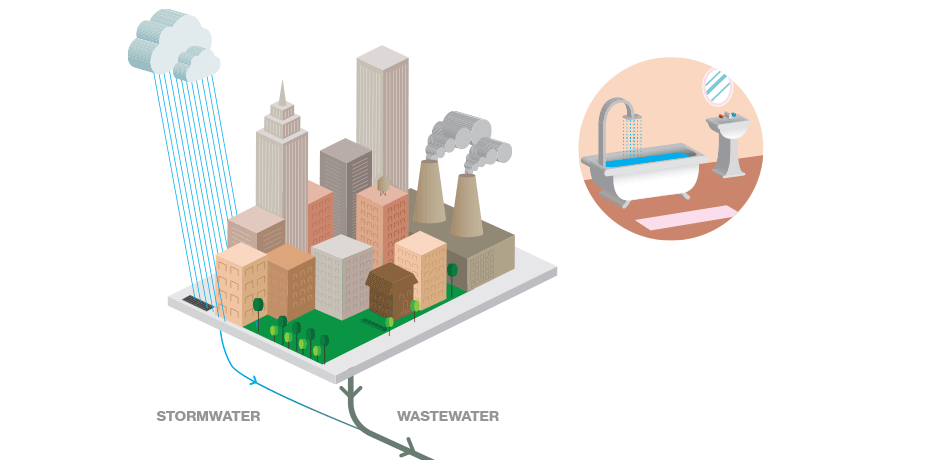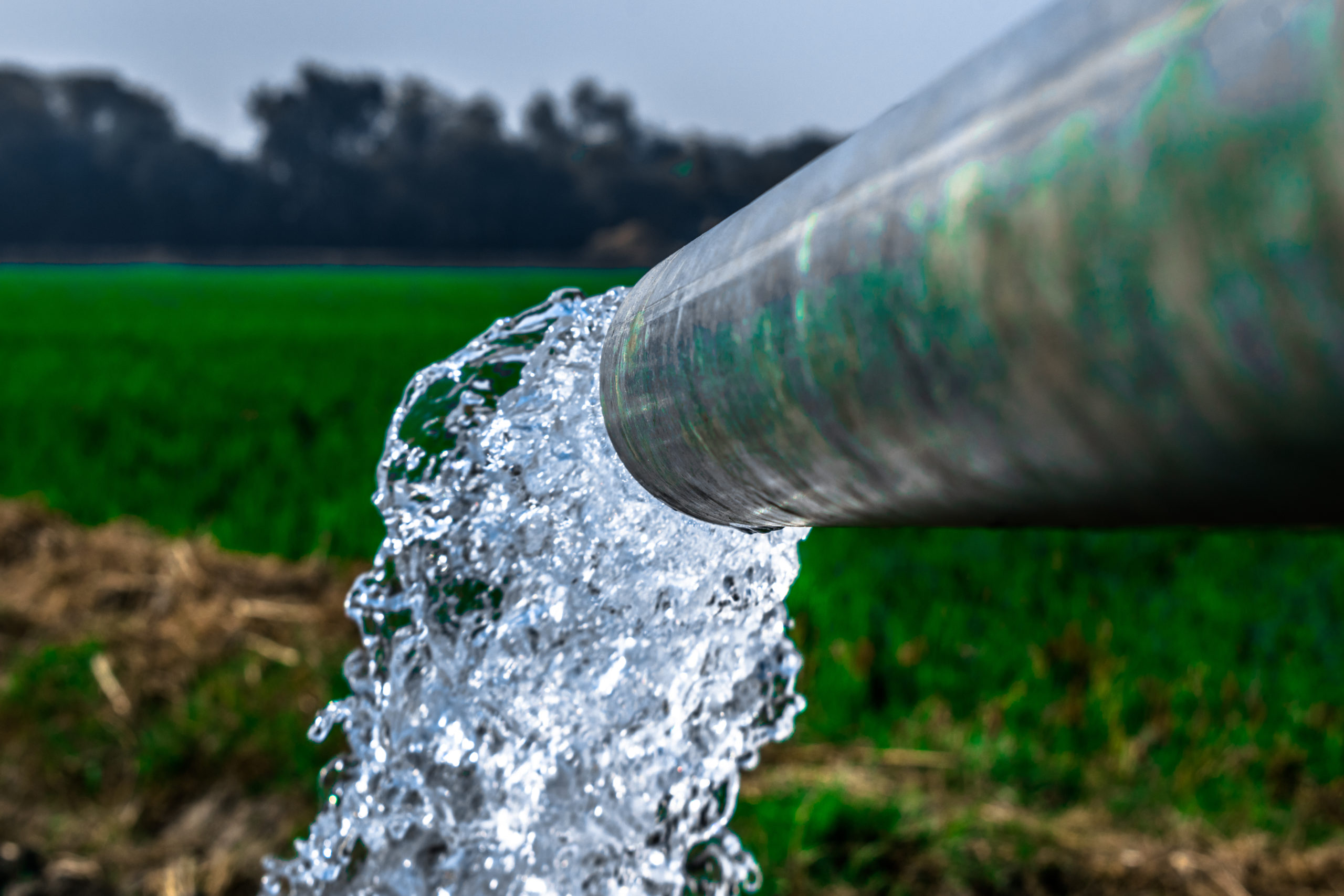Important Action In Community Waste Water Treatment Plants
Wiki Article
Optimizing Waste Water Therapy Processes: Techniques for Improved Water High Quality and Source Healing
In the realm of wastewater therapy, the mission for improving effectiveness and sustainability with process optimization is a recurring quest that holds enormous significance. By focusing in on methods customized to raise water quality while concurrently utilizing important resources, therapy plants can deal with pressing ecological issues while opening financial advantages. From cutting-edge technologies to cutting-edge resource recovery methods, the landscape of wastewater therapy is developing swiftly. As we dig right into the details of enhancing these procedures, a globe of possibilities arises that promises not only cleaner water but also a much more sustainable future.Significance of Refine Optimization
Optimizing drainage treatment processes with precise procedure optimization is vital for making the most of performance and making sure ecological sustainability. By fine-tuning each step of the therapy process, from first intake to last discharge, water treatment centers can accomplish higher degrees of contaminant elimination, lower energy intake, and lessen the generation of waste spin-offs. Process optimization involves analyzing vital efficiency indicators, such as hydraulic retention times, sludge retention times, and nutrient degrees, to recognize locations for improvement and apply targeted options.Reliable process optimization not just enhances the total performance of drainage therapy plants but likewise adds to cost savings and governing compliance. By enhancing processes, drivers can achieve higher therapy capacities without the requirement for considerable framework financial investments. In addition, boosted treatment effectiveness leads to cleaner effluent discharge, lowering the environmental influence on obtaining water bodies and communities.

Advanced Treatment Technologies
In the world of drainage treatment, the execution of sophisticated therapy innovations plays a crucial function in boosting the general performance and efficiency of the treatment processes. These sophisticated technologies supply ingenious options to address intricate contaminants present in wastewater streams, making certain the elimination of contaminants to fulfill rigorous water high quality criteria. Advanced therapy procedures such as membrane layer bioreactors, ozonation, progressed oxidation procedures, and reverse osmosis allow the detailed removal of contaminants, including arising contaminants like drugs and personal treatment products.Moreover, these innovations assist in resource recovery by extracting important materials such as phosphorus, nitrogen, and power from the wastewater. Advanced nutrient elimination innovations can recover phosphorus and nitrogen for reuse in farming fertilizers, while power recuperation systems like anaerobic digestion can harness biogas for electricity generation. By including innovative treatment innovations right into wastewater treatment plants, operators can improve water top quality, minimize ecological influence, and relocate in the direction of a much more sustainable and resource-efficient method to wastewater administration.
Source Healing Methods
Resource healing techniques in wastewater therapy processes play a crucial role in making best use of the use of beneficial sources had within wastewater streams. These methods goal to remove and reuse materials such as nutrients, energy, and water from the wastewater, transforming what was as soon as thought about waste right into valuable resources. One common source recuperation strategy is the extraction of nutrients like phosphorus and nitrogen from wastewater for reuse as plant foods or in commercial procedures. In addition, energy recuperation approaches such as anaerobic food digestion and biogas manufacturing help harness the energy capacity of site raw material in wastewater to generate power or warmth.
Water recuperation techniques, such as membrane modern technologies and advanced filtration systems, allow the treatment and reuse of water for non-potable applications like irrigation or commercial processes. By carrying out source recuperation strategies in wastewater therapy plants, not just can important resources be saved and recycled, yet the total sustainability and performance of the therapy procedure can be significantly boosted. As the concentrate on source shortage and environmental sustainability remains to grow, the value of integrating resource recovery strategies right into wastewater treatment procedures becomes significantly obvious.
Sustainable Practices in Wastewater Therapy
Lasting practices in wastewater treatment include an array of techniques intended at minimizing the environmental impact of treatment procedures while making best use of source healing. One essential element of sustainable wastewater therapy is the execution of energy-efficient innovations to reduce the carbon footprint of therapy plants.In addition, the adoption of innovative therapy innovations that promote water reuse and recycling plays a critical function in sustainable wastewater administration. By dealing with wastewater to a high criterion, it can be repurposed for various non-potable applications, such as irrigation, commercial procedures, and even drinkable water manufacturing in many cases. This not just preserves beneficial freshwater resources however likewise lowers the volume of effluent released into the atmosphere.

Study on Successful Optimization
As wastewater therapy centers progressively focus on lasting practices, real-world instance research studies showcasing successful optimization techniques act as very useful models for market development. One such study revolves around the implementation of innovative nutrient elimination modern technologies in a local wastewater treatment plant. By incorporating organic nutrient removal processes and maximizing operational criteria, the facility attained significant reductions in nitrogen and phosphorus levels released into getting waters, inevitably improving general water top quality.One more significant study involves the integration of anaerobic food digestion systems in site web an industrial wastewater treatment plant to enhance power healing and resource performance (Waste Water Treatment). Via the digestion of natural waste products, the center not only produced biogas for energy production however likewise minimized the quantity of sludge needing disposal. This dual benefit not only improved the plant's sustainability performance however also resulted in price financial savings
These effective optimization strategies show the possibility for wastewater therapy centers to achieve both environmental and financial advantages via innovative methods and efficient processes. By picking up from these study, market specialists can further optimize their very own procedures to boost water top quality and source healing.
Final Thought
Finally, maximizing drainage treatment procedures with advanced modern technologies, resource recovery methods, and sustainable practices is critical for improving water top quality and making best use of resource recovery. Waste Water Treatment. Case research studies have demonstrated effective execution of optimization approaches in numerous wastewater treatment facilities. By continuing to focus on process optimization, we can guarantee reliable and efficient therapy of wastewater, ultimately causing a much more eco friendly and sustainable approach to taking care of water resourcesBy fine-tuning each action of the therapy process, from first consumption to final discharge, water therapy centers can achieve greater levels of pollutant removal, minimize power intake, and decrease the generation of waste by-products.In the realm of waste water therapy, the implementation of sophisticated therapy innovations plays a critical function in boosting the general effectiveness and efficiency of the treatment procedures. By incorporating advanced therapy technologies into wastewater therapy plants, operators can improve water quality, minimize ecological impact, and move towards an extra resource-efficient and sustainable technique to wastewater management.
By executing resource healing techniques in wastewater therapy plants, not only can important sources be conserved and recycled, however the general sustainability and efficiency of the treatment procedure can be substantially boosted. Lasting practices in wastewater treatment incorporate an array of techniques aimed at reducing the environmental influence of treatment procedures while optimizing source healing.
Report this wiki page